Human Resource Management: Training & Development in Service Industry
VerifiedAdded on 2023/04/17
|9
|413
|64
Report
AI Summary
This report provides an overview of training and development within Human Resource Management (HRM) in the service industry, focusing on how training enhances employee performance, skills, and knowledge. It highlights various training methods such as role-playing, coaching, seminars, and lectures, contrasting training with broader employee development initiatives aimed at future growth. The report emphasizes the benefits of effective training, including increased productivity, improved efficiency, enhanced organizational goodwill, and workforce skill enhancement. It underscores the critical role of training in supporting both individual employee growth and overall organizational objectives within the service sector. Desklib offers similar solved assignments and study resources for students.
1 out of 9
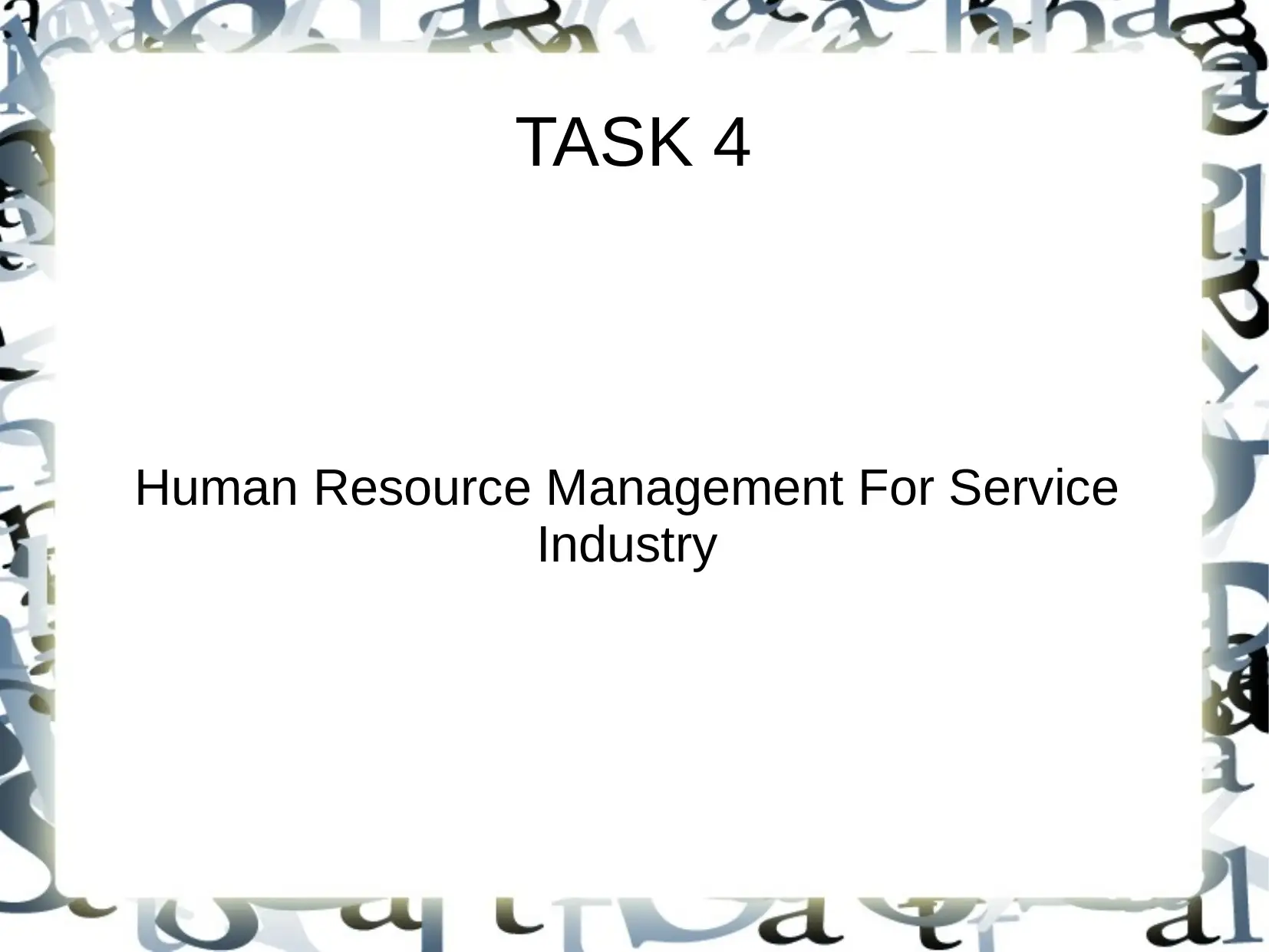
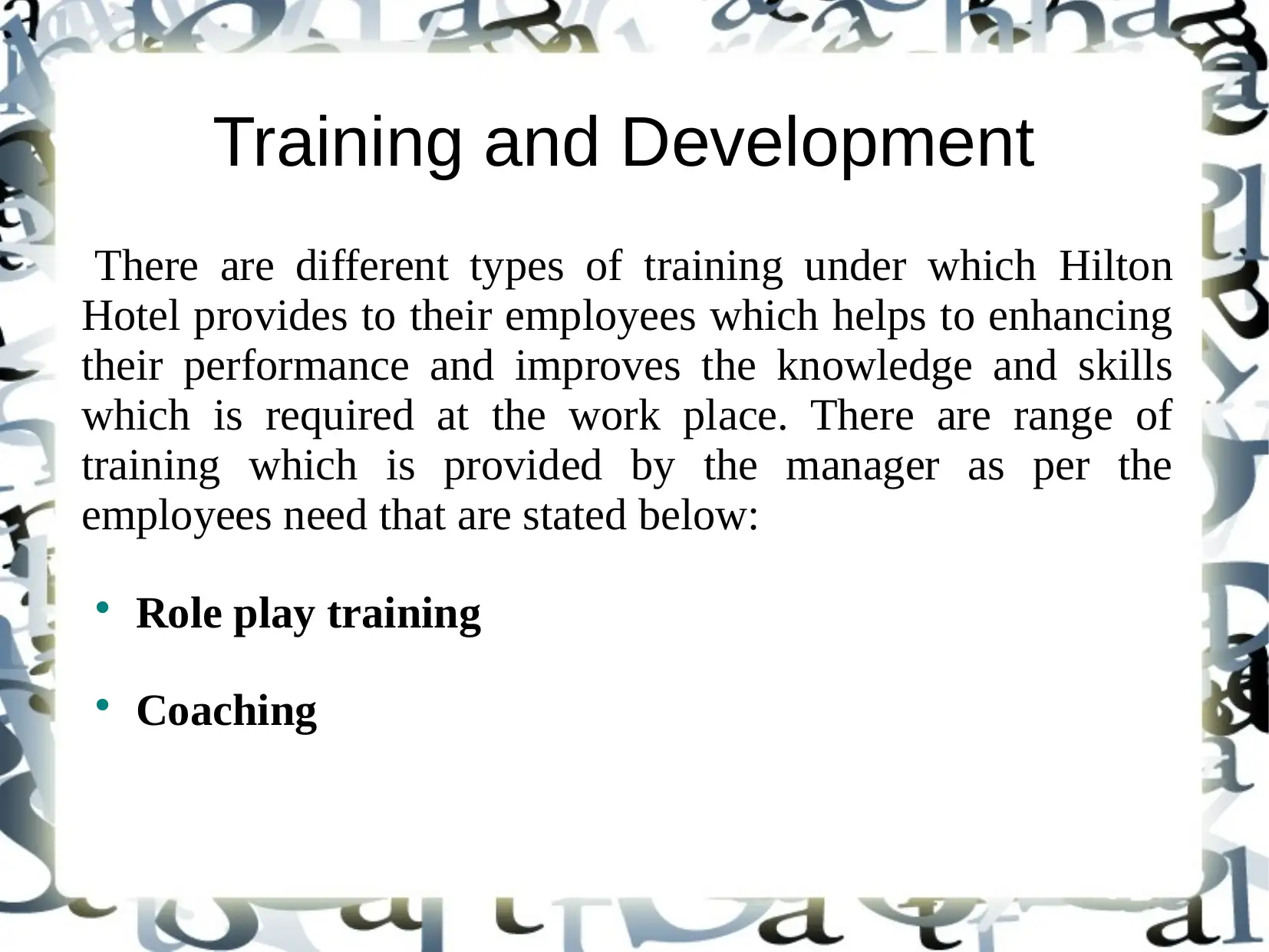
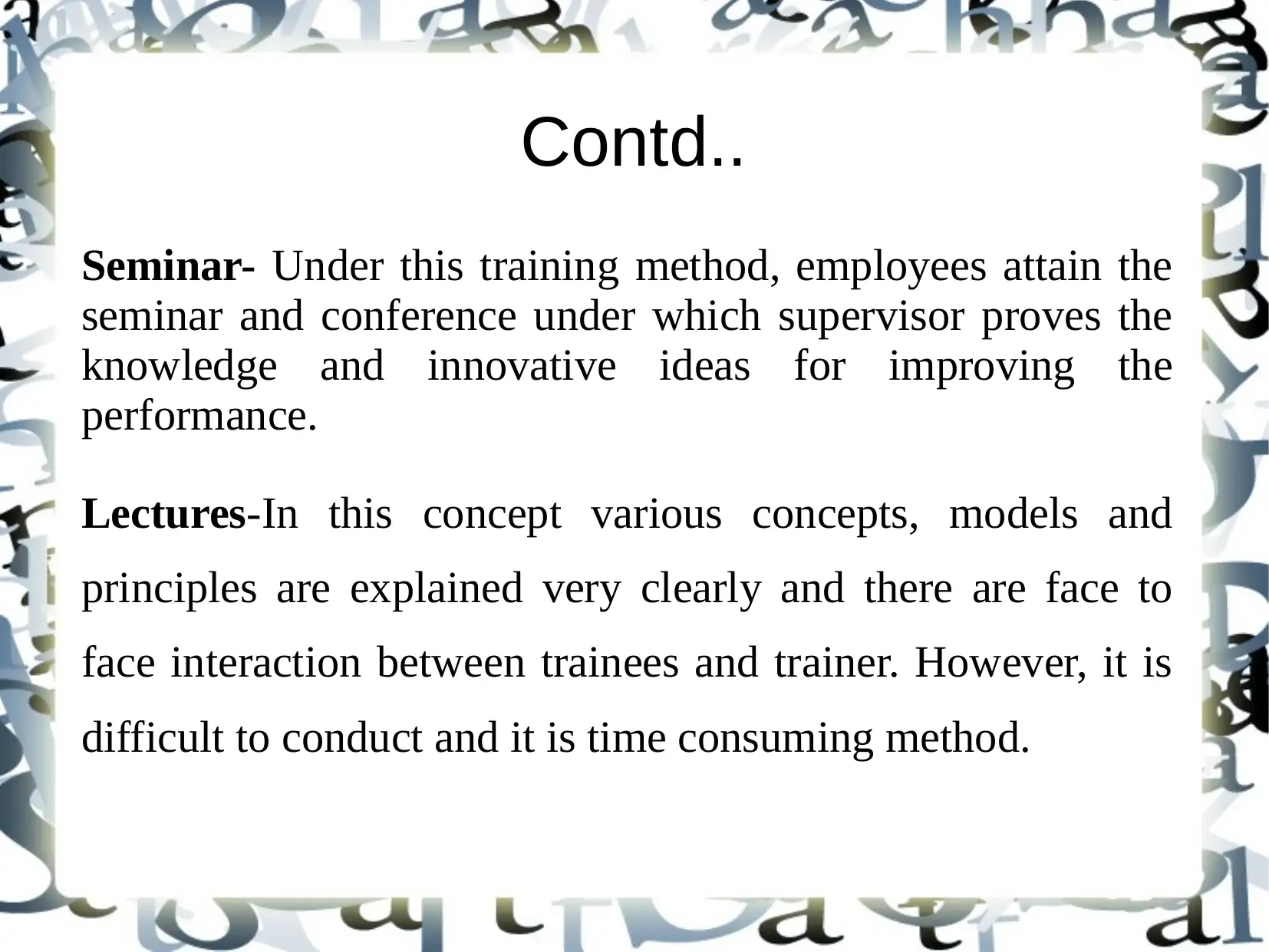

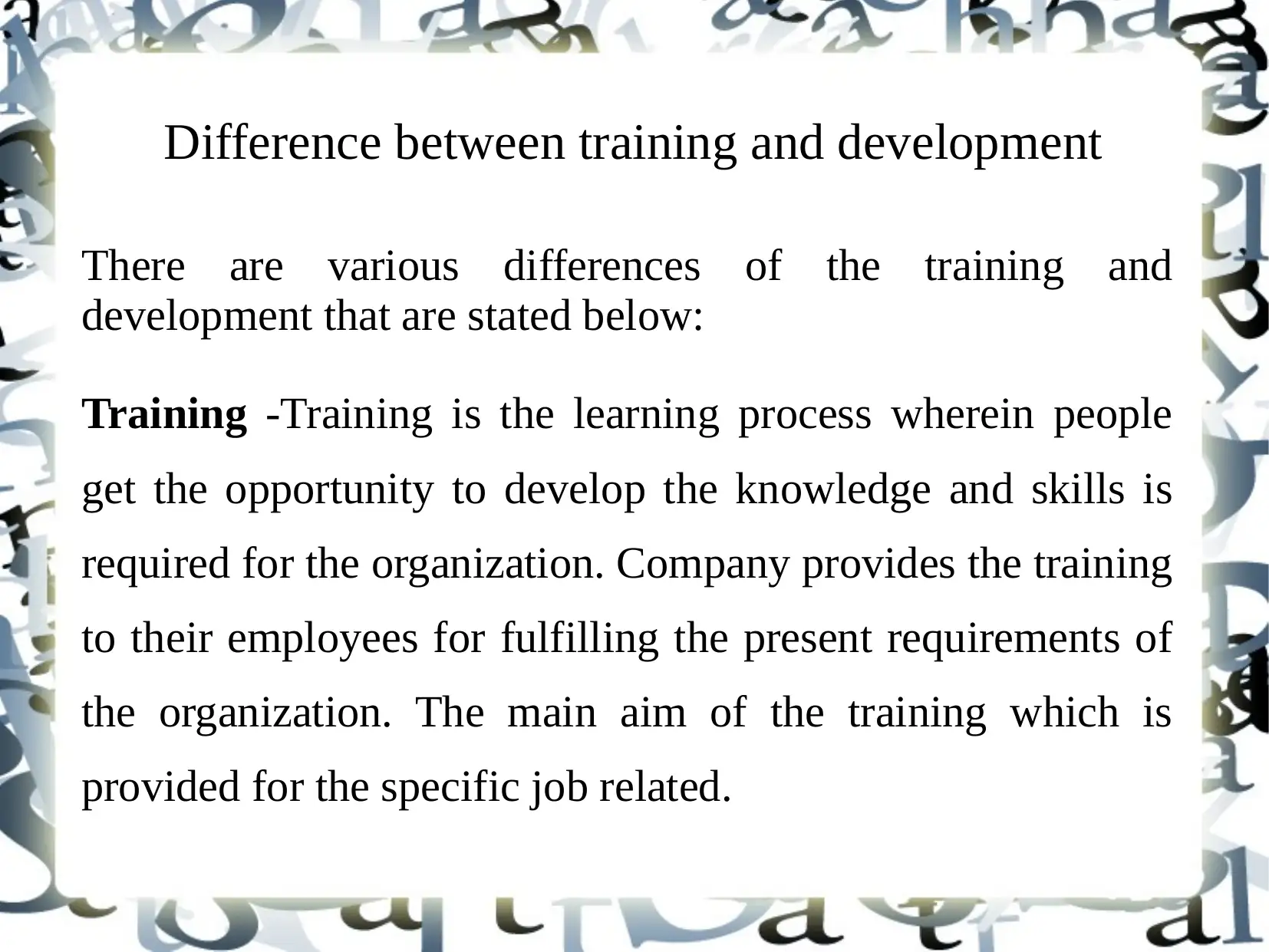
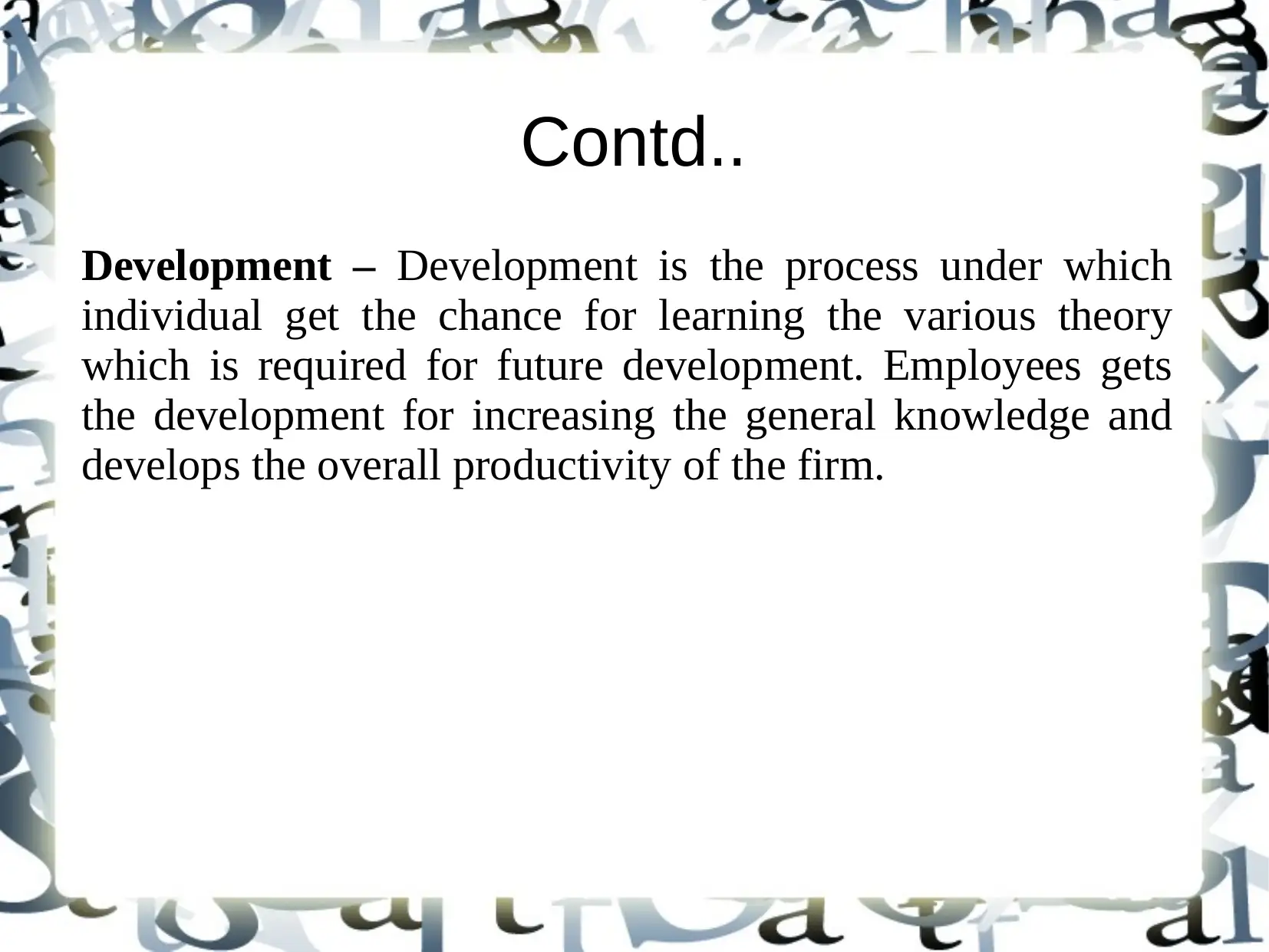
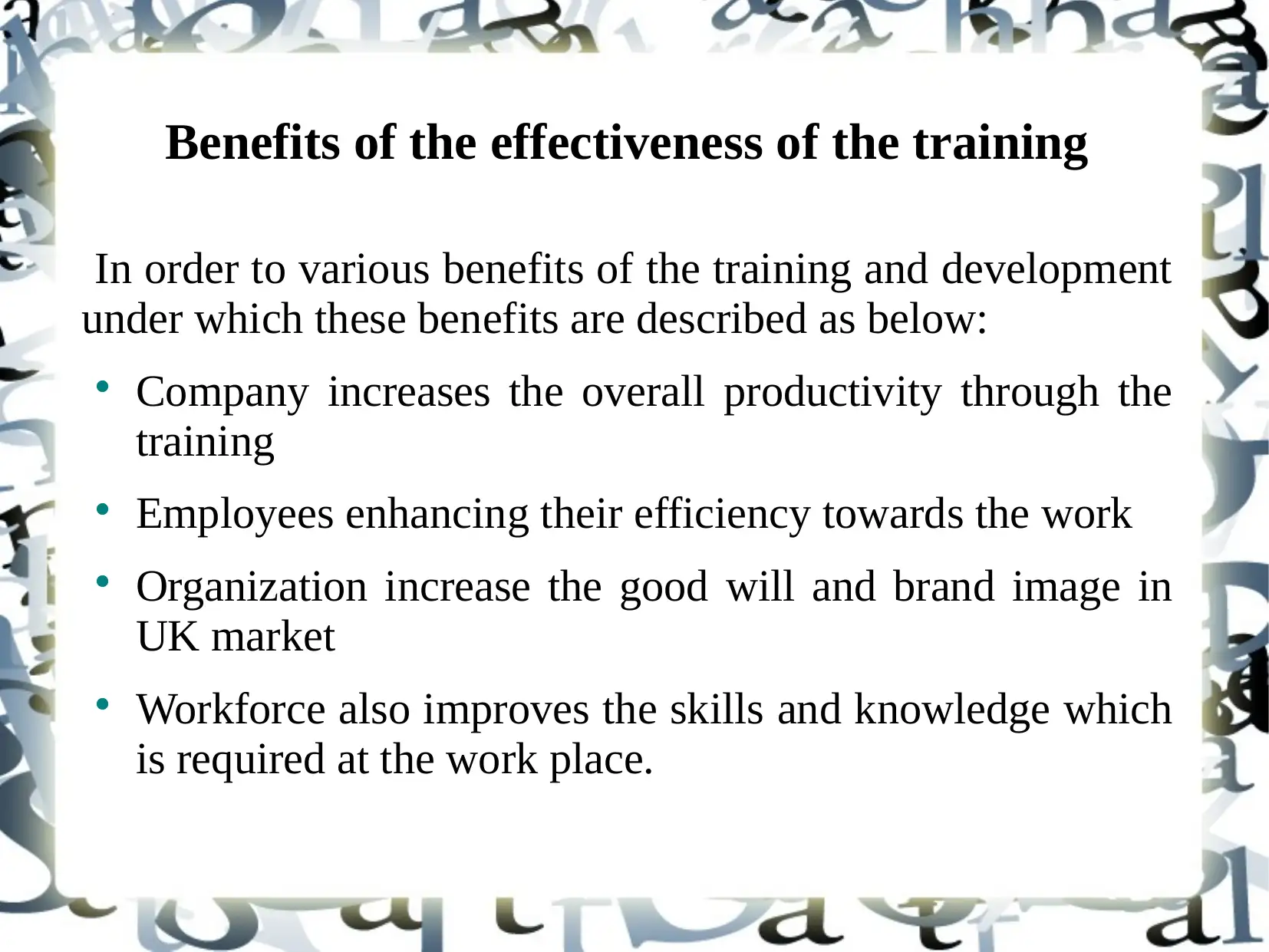
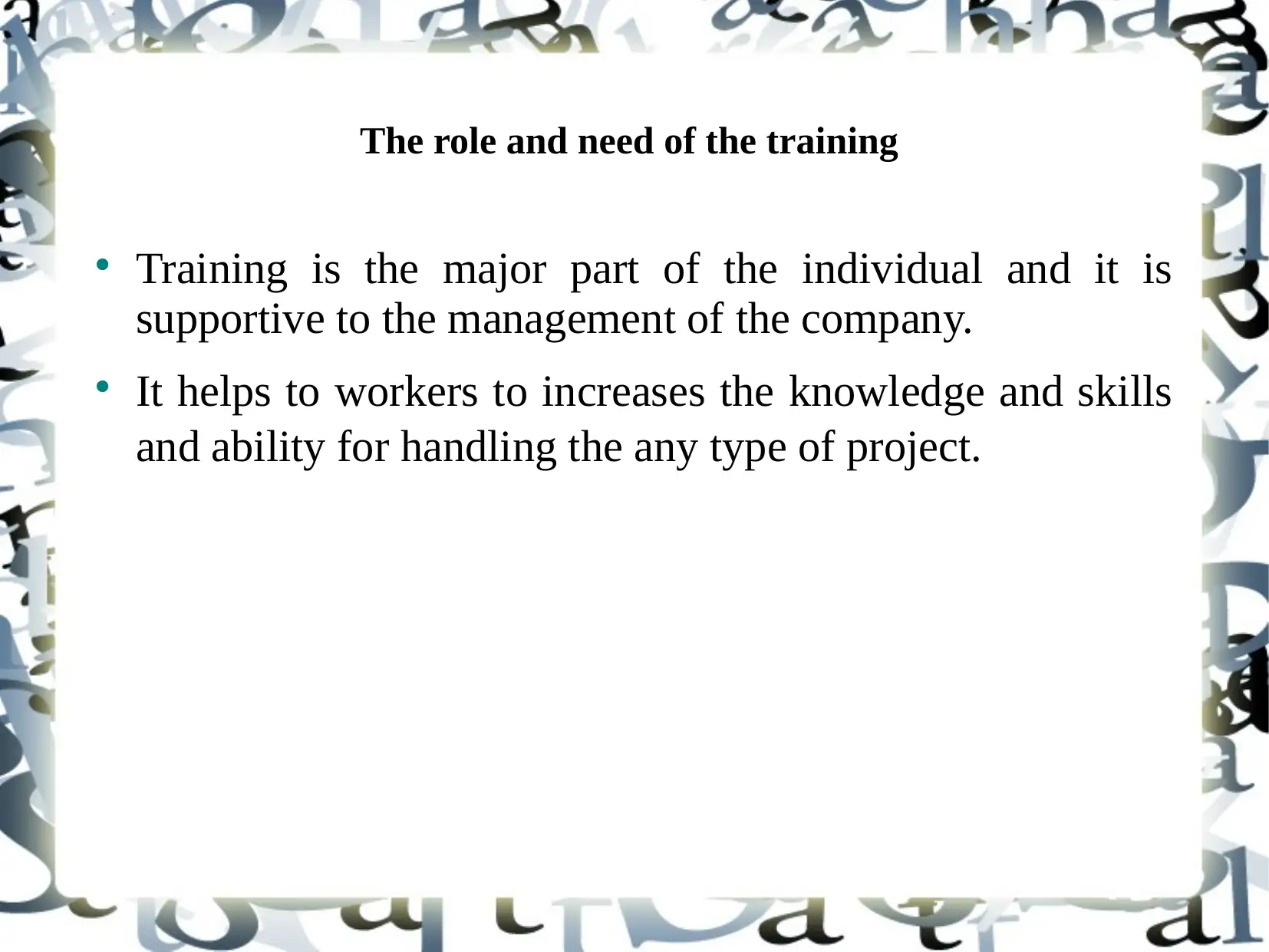
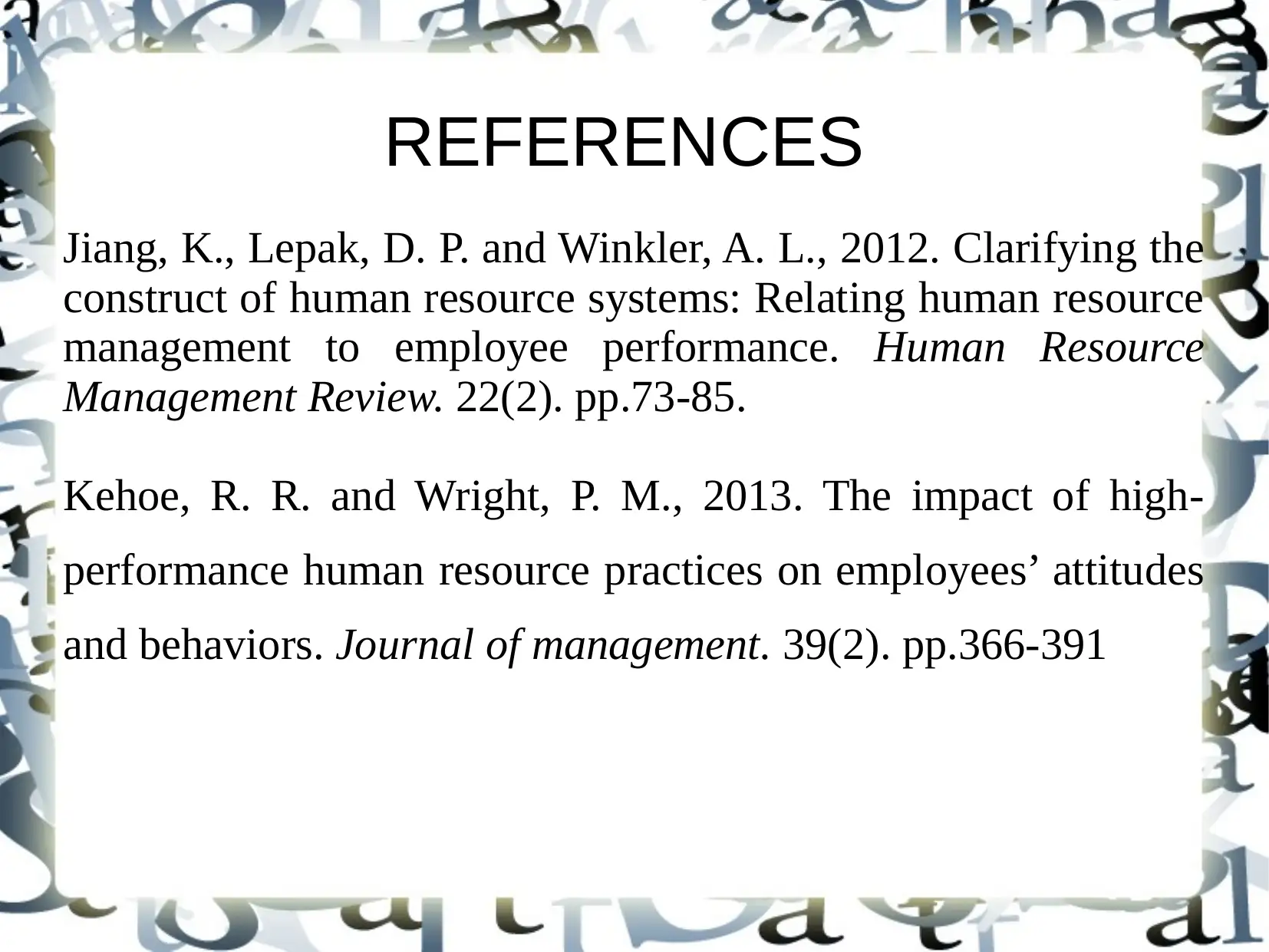







![[object Object]](/_next/static/media/star-bottom.7253800d.svg)